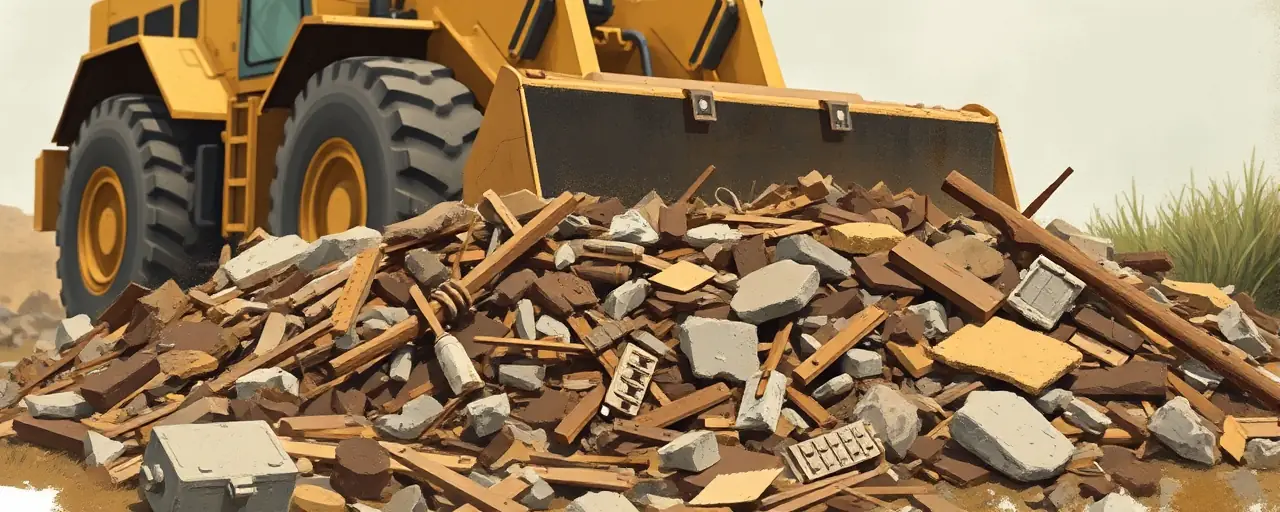A Sudden Blow to North Texas
Violent storms swept through Northeast Texas over the weekend, leaving homes battered and businesses shuttered. The chaos hit hard, catching many off guard with flooded streets and downed power lines. Now, as the dust settles, the state is scrambling to measure the fallout and secure help from Washington. Governor Greg Abbott announced on April 9, 2024, that he’s tapped the Texas Division of Emergency Management to team up with the U.S. Small Business Administration for a closer look at the wreckage.
The goal is clear: figure out if the damage qualifies Texas for federal disaster assistance, particularly low-interest loans that could breathe life back into struggling communities. It’s a race against time for residents and small business owners picking through the debris, hoping for a lifeline. The move underscores a broader question rippling across the state - how do you rebuild when nature strikes out of nowhere?
Counting the Cost, Step by Step
State and federal officials are now combing through affected areas, conducting joint assessments to tally up losses. These evaluations hinge on hard numbers - damaged homes, ruined storefronts, and disrupted lives - to see if Texas crosses the threshold for federal support. The Small Business Administration’s role is key here, offering loans that could help owners repair property or replace lost inventory. Meanwhile, the Texas Division of Emergency Management is urging residents to report their damages through an online tool, a step that feeds critical data into the process.
This isn’t just about paperwork. Self-reported information from Texans shapes who gets help and how fast. In South Texas, after recent floods, similar efforts helped pinpoint hard-hit zones quickly. Yet accuracy remains a sticking point - not everyone has the means or know-how to log their losses, and gaps in reporting could skew the picture. Technology, like satellite imagery analysis, is stepping in to fill some of those blanks, offering a sharper view of the destruction.
Prepping Ahead: A Double-Edged Sword
Days before the storms rolled in, Governor Abbott had emergency teams on standby - highway troopers, rescue boats, even helicopters ready to lift people out of harm’s way. It’s a tactic with deep roots, stretching back to the Mississippi Flood of 1927, when pre-positioning supplies proved its worth. Today, tools like real-time traffic controls can shave precious minutes off response times, a difference that’s saved lives in urban disasters. Studies back this up, showing coordinated pre-emptive moves cut casualties in simulated crises.
But it’s not foolproof. Resources can end up in the wrong spot, or the storm’s path can defy predictions, leaving responders flat-footed. The cost of keeping teams primed and gear stocked adds another layer of complexity. For Texas, the early deployment paid off in some areas, but locals and analysts alike wonder if the system can keep pace with disasters growing fiercer and less predictable by the year.
Small Businesses Hang in the Balance
For small businesses, the stakes couldn’t be higher. Last year, nearly one in ten U.S. firms took a financial hit from extreme weather, racking up billions in losses. In Texas, shop owners now face wrecked storefronts and broken supply chains, with many lacking the cash reserves to bounce back. History offers grim lessons - after Hurricane Katrina, 40% of small businesses never reopened. Rising insurance costs only tighten the vise, leaving owners to foot repair bills or walk away.
Federal loans could ease that burden, but they’re not a cure-all. Eligibility hinges on proving unmet needs after insurance payouts, a bar some can’t clear. Advocates for business resilience push for proactive steps - risk planning, sturdier buildings, better coverage - yet many owners, stretched thin, haven’t taken them. The STRONG Act, a legislative bid to bolster preparedness, signals growing awareness, but its impact remains untested as storms keep coming.
Where the Road Leads
Texas stands at a crossroads as assessments unfold. If the numbers add up, federal aid could unlock resources to rebuild homes and restart businesses, offering a glimmer of hope amid the wreckage. State emergency managers, working hand-in-hand with local leaders, have their eyes on the long game - not just recovery, but fortifying against the next blow. The collaboration with federal partners, a dance refined since the Stafford Act took hold in 1988, ensures aid flows where it’s needed most.
Still, the bigger picture looms large. Storms like these aren’t flukes anymore; they’re part of a pattern chewing through budgets and resolve. Residents want answers - will help come fast enough, and will it be enough? For now, Texans are left sifting through the damage, waiting to see if the system delivers or if the cracks prove too wide to mend.
